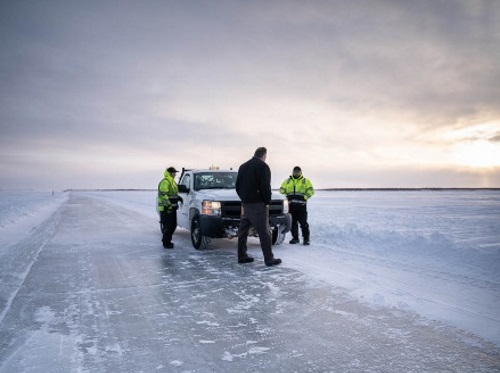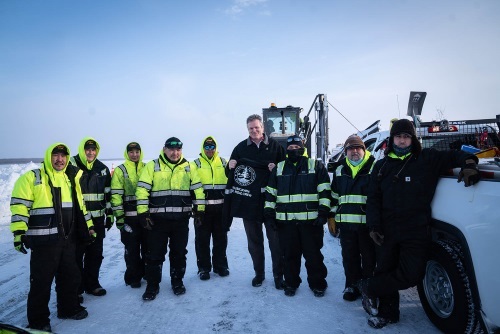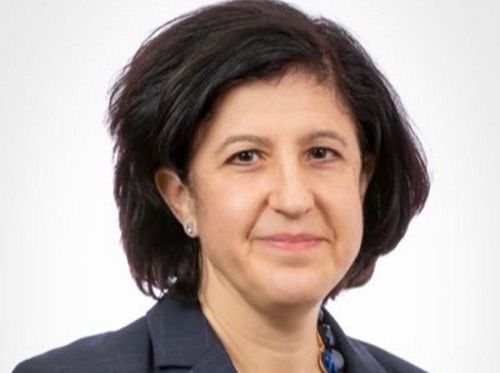FEDERAL ACTION
AASHTO Reps Share Infrastructure Insights at Hearing – AASHTO Journal
Governors Propose Big Transportation Investments – AASHTO Journal
Driving on the Right: America’s Polarized Transportation Policy – Governing
Will the Supreme Court Frustrate Efforts to Slow Climate Change? – New York Times (Opinion)
FTA Announces More Than $45 Million in Passenger Ferry Grant Awards to 11 States and Territories to Improve Public Transportation – FTA (Media release)
Application Process Opens for Bipartisan Infrastructure Law Funds to Build Safe, Sustainable and Accessible Airport Terminals – FAA (Media release)
COVID-19
Why traffic deaths spiked more in the U.S. during COVID – Axios
NEPA
Feds predict NEPA delays after court nixes climate metric – E&E News
INFRASTRUCTURE RESILIENCE AND SUSTAINABILITY
MOU Seeks to Expand National EV Charging Network – AASHTO Journal
White House Infrastructure Webinars – National Governors Association
Maui Is Getting Ready To Move Part Of A Major Highway Due To Climate Change – Honolulu Civil Beat
How can states build resilience to sea level rise? Look to Louisiana – The Hill
How damaged concrete pipes are helping artificial reefs off NC coast – WNCN-TV
A highway paved with recycled diapers may change the cloth vs. disposables debate – Washington Post
Biden team seeks port revival plans as it spends infrastructure cash – Reuters
AIR QUALITY
Maine ferry service to replace vessel with low emission tech – WCSH-TV
Why California’s Power to Regulate Auto Pollution Matters Nationwide – Route Fifty
The Other Crisis at the U.S.-Mexico Border: Rising Air Pollution – Time
ENVIRONMENTAL JUSTICE
Peduto administration pushed modern private transportation, development that hurt public transit, study says – Pittsburgh Post-Gazette
Program Brings Previously Unheard Voices To Portland, Maine-Area Transportation Boards – Portland Press Herald
NATURAL RESOURCES
Caltrans Awards $312M for Beautification Projects – AASHTO Journal
U.S. Chamber Letter on 2022 Water Policy Priorities – US Chamber of Commerce
Goat grazing pilot project wraps on Santa Cruz Branch Rail Line – Santa Cruz Sentinel
Major hurdle cleared in plan to demolish 4 California dams – Bradenton Herald
HEALTH AND HUMAN ENVIRONMENT/ACTIVE TRANSPORTATION
New D.C. Council Bill Would Adopt ‘Idaho Stop,’ Allowing Cyclists To Treat Stop Signs As Yield Signs – DCist
Bike lanes, better lighting and new sidewalks coming to parts of Northern Virginia – WTOP Radio
House keeps alive $10M ‘active transport’ funds for paths, sidewalks – WyoFile
Philadelphia confronts mounting pedestrian deaths as rise in reckless driving hits national tipping point – PhillyVoice
Some Say City’s Actions Don’t Match Rhetoric on Pedestrian Safety – Columbus Underground
NDOT’s WalknBike update to create safer streets for Nashville pedestrians and bikers – WZTV-TV
Metro transportation trend report shows biking bright spots, but also red flags for key goals – Bike Portland
Governor Justice announces over $8.3 million in Transportation Alternatives and Recreational Trails grants, benefitting dozens of communities across state – West Virginia Governor’s Office (Media release)
TRB RESOURCES/ANNOUNCEMENTS
Nominations Sought for America’s Transportation Awards – AASHTO Journal
TRB Webinar: Implementing and Evaluating Wildlife Crossings – TRB
FEDERAL REGISTER NOTICES
Climate and Economic Justice Screening Tool Beta Version – Council on Environmental Quality (Request for information)
Proposed Consent Decree, Clean Air Act Citizen Suit – EPA (Notice; request for public comment)
Reconciliation of Derogatory Geographic Names Tribal Consultation – Geological Survey (Notice of tribal consultations)
Reconciliation of Derogatory Geographic Names – Geological Survey (Notice with public comments)





